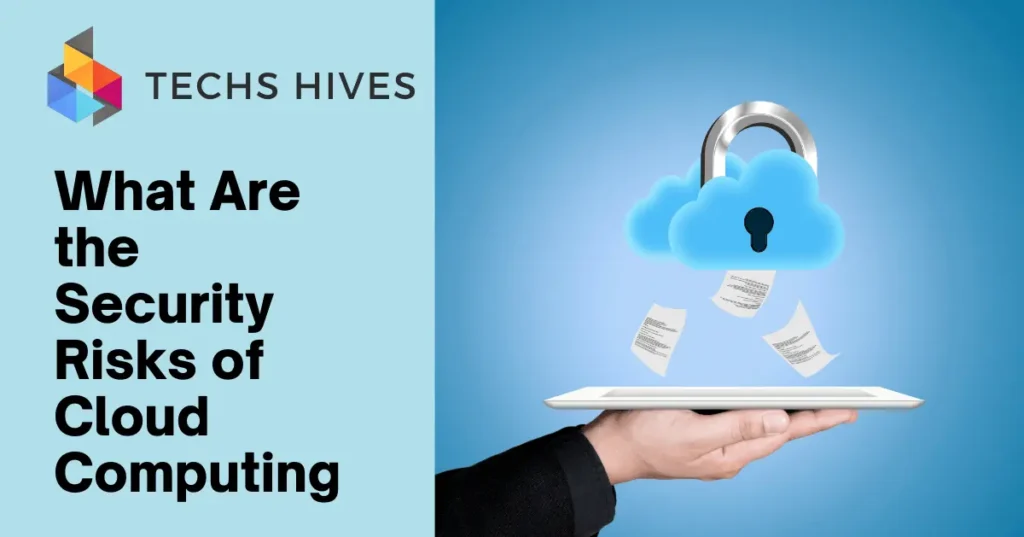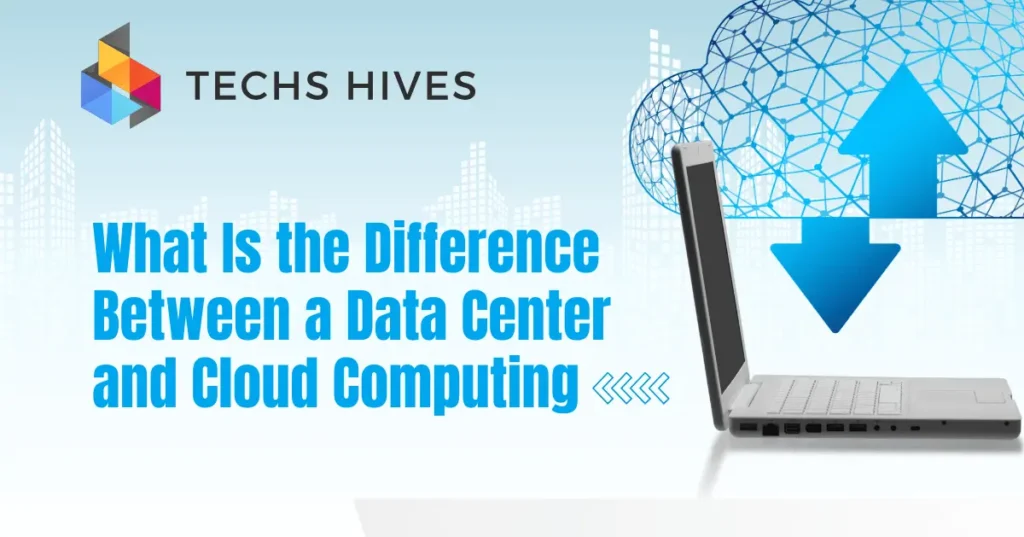Cloud computing allows users to access and store data over the internet instead of on local computers. It offers services like storage, processing power, and applications. This technology is popular because it is flexible, scalable, and cost-effective. Businesses can easily adjust their resources based on needs. However, using cloud services also comes with risks.
Security in cloud environments is crucial. With sensitive data stored online, it is essential to protect it from unauthorized access and breaches. Companies must ensure that their cloud service providers have strong security measures in place. This includes encryption, regular updates, and monitoring for threats.
Table of Contents
Data Breaches
Data breaches occur when unauthorized individuals gain access to sensitive information, including personal data, financial records, and business secrets. These breaches can happen in various ways, such as hacking, phishing, or insider threats. Once attackers access this information, they can misuse it for identity theft, fraud, or other malicious purposes.
The impact of data breaches on organizations can be severe. Companies may face financial losses due to legal fees, fines, and loss of business. Additionally, breaches can damage a company’s reputation and erode customer trust. Customers may feel unsafe sharing their information if they believe their data is at risk.
To prevent data breaches, businesses should implement strong security measures. These include encryption, regular security audits, and employee training on recognizing threats. Being proactive in data protection is essential to minimize the risks associated with data breaches.
Insider Threats
Insider threats refer to risks posed by individuals within an organization, such as employees, contractors, or business partners. These insiders may have legitimate access to sensitive information but can misuse it for malicious purposes. Insider threats can be intentional, such as stealing data or sabotaging systems, or unintentional, like accidentally sharing confidential information due to negligence.
The consequences of insider threats can be significant. Organizations may experience data breaches, financial losses, and damage to their reputation. Trust between employees and management can also be eroded if insider threats occur. Moreover, these threats can be difficult to detect, as insiders often know the security systems in place and how to bypass them.
To mitigate insider threats, companies should establish strong security policies and conduct regular training for employees. Monitoring user activity and implementing access controls can help identify suspicious behavior. Fostering a culture of security awareness within the organization is crucial for preventing insider threats and protecting sensitive information.
Insecure APIs
Insecure APIs (Application Programming Interfaces) can pose significant risks in cloud computing environments. APIs allow different software applications to communicate, making them essential for integrating services and accessing data. However, if these APIs are not properly secured, they can become entry points for attackers.
Risks Associated with Insecure APIs
The risks associated with insecure APIs include data breaches, manipulation of data, and unauthorized actions taken on behalf of users. Attackers may exploit weak authentication methods or lack of encryption to access sensitive information. Additionally, poorly designed APIs may expose more data than necessary, increasing the potential for misuse. This can lead to financial losses and damage to an organization’s reputation.
Protecting Against API Vulnerabilities
To protect against these risks, organizations must implement strong security practices for their APIs. This includes using secure authentication methods, encrypting data in transit, and regularly testing APIs for vulnerabilities. Additionally, maintaining an inventory of APIs and monitoring their usage can help detect any suspicious activity.
Account Hijacking
Account hijacking is a serious security risk in cloud computing. It occurs when an attacker gains unauthorized access to a user’s account. This can happen through various methods, such as phishing attacks, weak passwords, or security question exploitation.
Consequences of Account Hijacking
The consequences of account hijacking can be severe for both individuals and organizations. For individuals, it can lead to identity theft, loss of personal data, and financial loss. For businesses, the impact can be even more significant, resulting in financial losses, reputational damage, and loss of customer trust. Recovering from account hijacking can be time-consuming and costly, making prevention crucial.
Mitigating the Risk
To mitigate the risk of account hijacking, organizations should implement strong security measures. This includes enforcing the use of complex passwords, enabling two-factor authentication, and educating users about recognizing phishing attempts. Regularly monitoring account activity for suspicious behavior can also help detect potential hijacking attempts early.
DDoS Attacks
DDoS (Distributed Denial of Service) attacks are a significant threat in cloud computing. These attacks occur when multiple compromised systems flood a target server, service, or network with an overwhelming amount of traffic. The goal is to disrupt the normal functioning of the targeted system, making it unavailable to users.
Impact of DDoS Attacks
The impact of DDoS attacks on organizations can be severe. When a service is disrupted, businesses can lose revenue, face damage to their reputation, and experience a decline in customer trust. Moreover, recovering from such attacks can be costly and time-consuming. The longer a service is down, the more significant the potential losses and negative effects on the brand.
Protecting Against DDoS Attacks
To protect against DDoS attacks, organizations should implement robust security measures. This includes using traffic analysis tools to monitor incoming traffic, deploying rate limiting to control the number of requests, and employing DDoS protection services. Having a response plan in place can help organizations react quickly when an attack occurs, minimizing disruption and ensuring the availability of their services.
Data Loss
Data loss refers to the unintended loss of data that can occur in cloud computing environments. This can happen due to various reasons, such as accidental deletion, hardware failures, software bugs, or even malicious attacks. Data loss can affect both individuals and organizations, leading to significant disruptions and financial consequences.
Impact of Data Loss
The impact of data loss can be severe, especially for businesses. Organizations may face financial losses, legal repercussions, and a decline in customer trust. Additionally, restoring lost data can be a time-consuming and costly process. In some cases, data may be irretrievable, resulting in permanent loss. Therefore, understanding the risks associated with data loss and taking preventive measures is crucial for safeguarding sensitive information.
Mitigating the Risk of Data Loss
To mitigate the risk of data loss, organizations should implement regular backup strategies. This includes creating automated backups, storing copies of data in multiple locations, and regularly testing recovery procedures. Utilizing encryption and access controls can also help protect data from unauthorized access and accidental deletion.
Vendor Lock-In
Vendor lock-in occurs when an organization becomes dependent on a particular cloud service provider, making it challenging to switch to another provider. This situation can arise due to various factors, such as proprietary technologies, unique services, or complex integrations that make migrating data and applications difficult.
Consequences of Vendor Lock-In
The consequences of vendor lock-in can be significant. Organizations may face challenges in scaling their services or adapting to new technologies. Additionally, if the provider increases prices or reduces service quality, the organization may have few options but to accept these changes. This can lead to financial strain and hinder the organization’s ability to innovate and remain competitive.
Risk of Vendor Lock-In
Organizations should consider adopting multi-cloud strategies to mitigate the risk of vendor lock-in. This involves using services from multiple providers to distribute workloads and minimize dependency on a single vendor. Additionally, organizations should prioritize open standards and interoperability when selecting cloud services. By doing so, they can maintain greater control over their cloud environments and ensure the flexibility to switch providers if necessary.
FAQs
Q1. What are the main security risks associated with cloud computing?
The main security risks include data breaches, account hijacking, DDoS attacks, insider threats, and insecure APIs. These risks can lead to loss of sensitive data and disruption of services.
Q2. How can I assess the security of a cloud provider?
To assess a cloud provider’s security, check their compliance with industry standards, such as ISO 27001 or GDPR. Review their security policies, data encryption practices, and incident response plans.
Q3. What are some common cloud security best practices?
Common best practices include using strong passwords, enabling two-factor authentication, regularly updating software, and conducting security audits. Educating employees about security risks is also crucial.
Q4. Can using cloud services improve security?
Yes, cloud services can improve security by providing advanced security features and dedicated resources. Many cloud providers offer regular updates and security patches, which can enhance overall protection.
Q5. What should I do if my data is compromised in the cloud?
If your data is compromised, immediately report the incident to your cloud provider. Change passwords and assess the extent of the breach. Implement recovery plans and notify affected parties if necessary.
Conclusion
The security risks of cloud computing is essential for individuals and organizations. The main risks include data breaches, account hijacking, DDoS attacks, insider threats, and insecure APIs. Each of these risks can lead to serious consequences, such as data loss and damage to reputation. Being aware of these threats helps organizations take necessary precautions to protect their data.
To mitigate these risks, implementing strong security measures is crucial. This includes using encryption, enabling two-factor authentication, and regularly backing up data. Additionally, organizations should educate employees about security best practices and stay updated on the latest threats.



